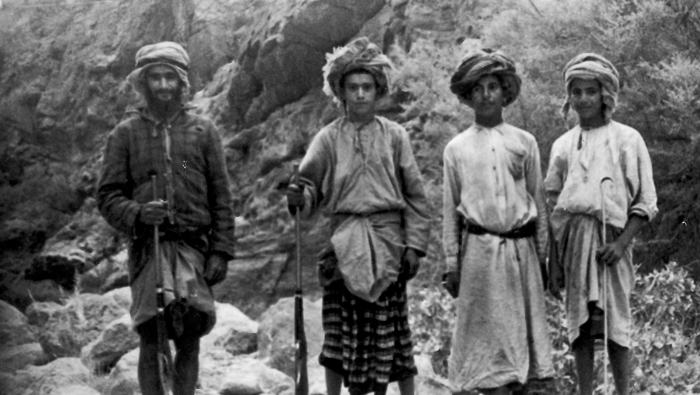
Muscat: A British novelist who was raised in the Middle East has written a book on how frankincense and oil have been instrumental in putting Oman on the world map.
Quentin Morton, whose book ‘Black Gold and Frankincense’ is more than 400 pages long, was hugely inspired by his father, who used to often entertain his son with tales of the desert.
**media[996401]**
“In ancient times, civilisations rose and fell with the frankincense trade. When the geologists came in search of ‘black gold’, the frankincense tree was a reminder of an older way of life,” said Quentin, speaking to the Times of Oman.
“Dhofar was renowned for the frankincense trade in olden times, and became a focus of the oil exploration in the 1940s. My father and his associate Rene Wetzel explored Dhofar in 1948, and met the famous Arabian explorer, Wilfred Thesiger.”
“I was inspired by my late father, Mike Morton, who was an exploration geologist for the Iraq Petroleum Company, which included Petroleum Development Oman Ltd as one of its associate companies,” recalled Quentin.
“My father first came to Oman in 1948 and led the first geological party to Jebel Fahud in 1954. When I was growing up, he used to tell me stories about his adventures in Oman.”
Discovery of oil and gas
More than 50 years after Quentin’s father began exploring Oman, the Sultanate’s warmth and its people are still remembered by him with fondness. Quentin was, after all, raised in the Middle East and witnessed first-hand how the discovery of oil and gas transformed the face of the GCC countries, such as Qatar, Bahrain, Oman and the UAE.
“I visited Oman twice in 2006, and was overwhelmed by the warm reception I received – there were a number of people who still remembered my father,” recalled Quentin.
“My father had a great affinity for the Omani people, and the local tribesmen in the 1950s used to call him Shaib al-Ahmar, which roughly translates to Old Red. He had red hair, and was well known among the local population.”
“My interest in the Middle East arose from my early years of living there, and from my research into my father’s life as an exploration geologist,” added Quentin, whose earlier book, titled In the Heart of the Desert, is a biography dedicated to his father’s time in the Middle East.
**media[996402]**
Hadhramaut Valley
“This is a book of photographs taken by the early oil explorers (including my father) of southern Arabia, principally Oman and the Hadhramaut Valley. Most of these photos were taken in the 1940s and 1950s when Oman was untouched by modern development, and show Omanis in their traditional settings.”
“This book has 142 black and white and 56 colour photographs of people and places in southern Arabia, taken mainly in the 1940s and 1950s,” he said.
“After qualifying as a barrister, I spent over 30 years in a legal career before concentrating on writing about the history of the Middle East, with particular emphasis on the discovery and development of oil.”
Buraimi oasis
One of Quentin’s most poignant memories about Oman also came from his time spent visiting the Buraimi oasis in the 1960s.
“I remember on one visit, a local woman approached my father and asked him if he would consider selling me,” joked Quentin. “How much will you offer for him, my father asked her. ‘Seventeen camels’, she replied. He didn’t sell me, of course!”
Having now written about four or five books on the Middle East alone, Quentin also has some advice for those who want to become writers in the future, and says these lessons can be applied to any passion people would want to follow. “You must always be truthful about the facts and understand the importance of using original sources,” he said. “Not all writers are an instant success, but don’t give up – all of life’s experiences are useful to a writer. And always write for your audience rather than for yourself.”